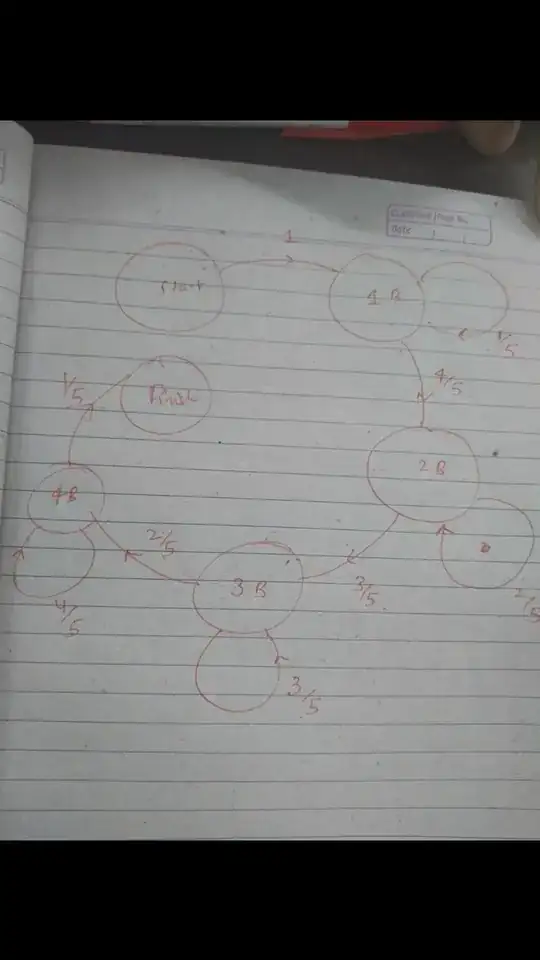Let $E(n)$ be the expected number of turns to turn the balls blue, assuming there are $n$ red balls left and $5-n$ blue balls. Thus, the problem is to find $E(5)$. Clearly, $E(5) = E(4) + 1$, as a red ball will definitely be turned into a blue ball. Then, $E(4) = 1+\frac{4}{5}E(3)+\frac{1}{5}E(4)$, as there is a $\frac{4}{5}$ probability of picking a red ball and turning it blue, and a $\frac{1}{5}$ probability of picking a blue ball and keeping it blue.
$$$$
Similarly, $E(3) = 1+\frac{3}{5}E(2)+\frac{2}{5}E(3)$, $E(2) = 1+\frac{3}{5}E(1)+\frac{3}{5}E(2)$, $E(1) = 1+\frac{1}{5}E(0)+\frac{4}{5}E(1)$. $E(0) = 0$, as if there are no red balls left, no more turns are needed. Solving this system of equations yields an answer for $E(5)$, which is what you want.
$$$$
You could also use a Markov chain/matrix to find the expected value - this is pretty much the same thing.
